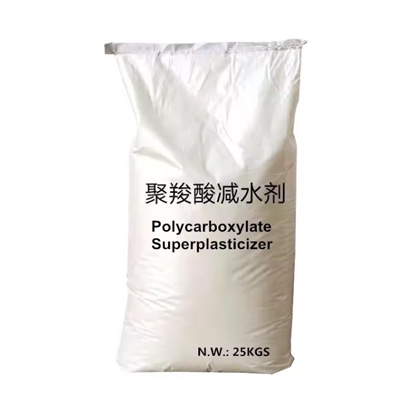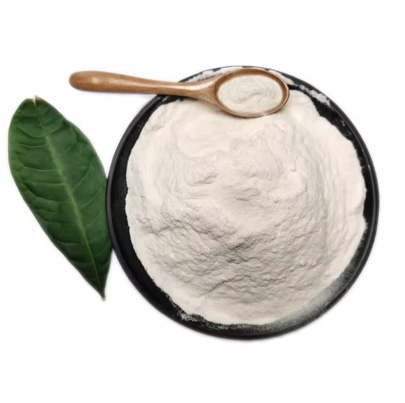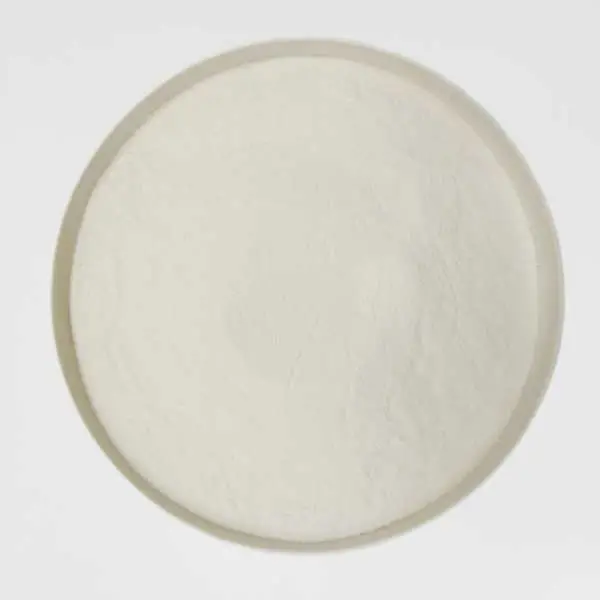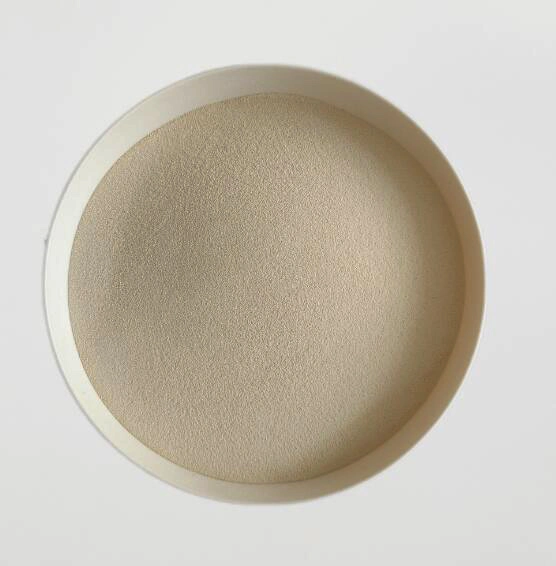The composition of mud varies depending on the source. The mud in the concrete gravel is divided into three types: limestone powder, clay and calcium carbonate. Among them, stone powder is a fine particle with a particle size less than 75 μm in sand making. It is the same parent rock as artificial sand and has the same mineral composition. The main component is calcium carbonate, which is part of the composition of sand gradation.
It is generally believed that the adsorption competition between mud powder and cement is the main reason for the influence of mud powder on the mixed concrete of Llsulfonate and naphthalene superplasticizer. At present, there is no unified explanation for the working principle of mud powder and polycarboxylic acid water reducer. Some scholars believe that the working principle of mud powder and water reducer is similar to that of cement. The water-reducing agent is adsorbed on the surface of cement or mud powder with anionic groups. The difference is that the adsorption amount and adsorption rate of mud powder to water reducer is much higher than that of cement. At the same time, the high specific surface area and layered structure of clay minerals will also absorb more water, reduce the free water in the slurry, and directly affect the construction performance of concrete.

(2) The influence of different minerals on the performance of water reducer:
The research shows that only the viscous mud with significant expansion and water absorption properties will have an important effect on the working performance and later mechanical properties of concrete. The common clay mud in aggregates mainly includes kaolin, illite and montmorillonite. The sensitivity of the same type of superplasticizer to mud powder with different mineral composition is different, and this difference is very important for the selection of superplasticizer and the development of anti-mud superplasticizer and anti-mud agent.
(3) Influence of silt content on concrete performance:
The working performance of concrete not only affects the forming of concrete, but also affects the later mechanical properties and durability of concrete. The volume of mud powder particles is unstable, shrinking when dry and expanding when wet. With the increase of slurry content, the water reduction rate, strength and slump of concrete can be reduced by polycarboxylic acid water reducer or naphthalene water reducer. Falling, etc., brings great damage to the concrete. The national standard "Construction Sand" (GB/T14684-2011) stipulates that when the concrete strength grade is C30 or there are special requirements such as anti-freezing and anti-seepage, the mud powder content in natural sand shall not exceed 3.0% and the mud lump content shall not exceed 1.0%; When the concrete strength grade is less than C30, the mud powder content shall not exceed 5.0% and the mud lump content shall not exceed 2.0%.

 English
English 





